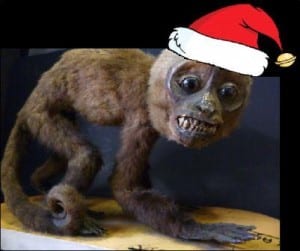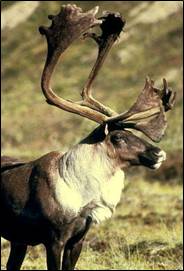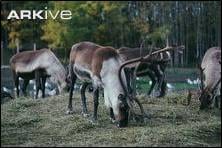Specimen of the Week: Week Sixty-Three
By Emma-Louise Nicholls, on 24 December 2012
 I cannot believe, age 31, how excited I am that it is Christmas Eve. I have been uncontrollably bouncy all week, for the last three weeks actually, and completely insufferable to all in close contact with me. It’s not the presents I’m excited about…
I cannot believe, age 31, how excited I am that it is Christmas Eve. I have been uncontrollably bouncy all week, for the last three weeks actually, and completely insufferable to all in close contact with me. It’s not the presents I’m excited about…
That’s a blatant lie… let me start again and be more honest.
It’s not just the presents I’m excited about, it is the coming together of my family to talk, play games, have a huge dinner, and just ‘be together’ rather than exercise our all too comfy relationship with the television night after night. At Christmas the streets are decorated, the shop windows look prettier, people are happier, and families make an extra effort to be together, and more importantly, to get on. I love it. It will come as no surprise whatsoever therefore that the Specimen of the Week is inspired by one of the most iconic Christmas animals. This week’s Specimen of the Week is…
**The Reindeer Antlers**
1) Reindeer don’t just live with Santa Claus. They are actually found right across from Canada and the USA, through Greenland, Finland and Norway, over to Russia, and on to Mongolia. They used to live in Sweden as well but not any longer. Maybe not enough Swedes believe in Father Christmas? In the United States of America, the reindeer are known locally as caribou.
2) Besides Santa’s house, reindeer like to live in a variety of environments such as tundra, open montane habitats, and open woodland. Apparently not prone to vertigo nor altitude sickness, reindeer are often seen up on mountain slopes and inhabit areas as high as 3,000 meters above sea level. Up there they munch on healthy greens such as moss, ferns, grass and leaves. Presumably they also eat brussel sprouts. To survive the cold weather, reindeer have thick fur and a short tail to stop it from freezing. As well as flying, reindeer also have the super power of extreme smell, that enables them to find lichens and other treats hidden beneath the snow.
3) Reindeer like hanging out together and can form herds of up to 500,000 individuals. Which must be able to pull one heck of a sleigh. Baby reindeer start entering the world in May, and twins are common. At the tender age of six months, they become weaned from their mother, but don’t reach maturity until around three years old.
4) Reindeer are a special species of deer as they are the only deer in which the females have antlers. The female’s antlers are slightly smaller than the males and have fewer points to them. I bet you are wondering why female reindeer have antlers aren’t you? It is rumoured that the female antlers are atavisms like the pelvic bones in a snake or nipples on human men. However, female reindeer do use their antlers to dig for food in the snow so are categorically more useful than the other two examples.

Reindeer antlers. Image taken by Jon
Nickles. Taken from
http://commons.wikimedia.org
/wiki/File:Rentier_fws_1.jpg.
5) Santa has nine reindeer to pull his sleigh, that is after the original eight got over the shininess of Rudolph’s nose and let him play. Or so the song goes. The original 8 reindeer are Dasher, Dancer, Prancer, Vixen, Comet, Cupid, Donner and Blitzen. It is not know whether the original eight did not include Rudolph because his name did not fit in the rhyme, or because his nose was just so incredible he had to have his own song or Christmas would have been a shambles. After the rutting season takes place in October, male reindeer lose their antlers from November to April. Females lose theirs between May and June. This means that the male reindeer in Santa’s herd are extra special as they always have antlers at Christmas. Or else, they’re all females.
Emma-Louise Nicholls is the Museum Assistant at the Grant Museum of Zoology
One Response to “Specimen of the Week: Week Sixty-Three”
- 1
 Close
Close





There may not be any wild Swedish reindeer left but there are plenty of domesticated herds, owned by the Sami people whose lands include northern Sweden..